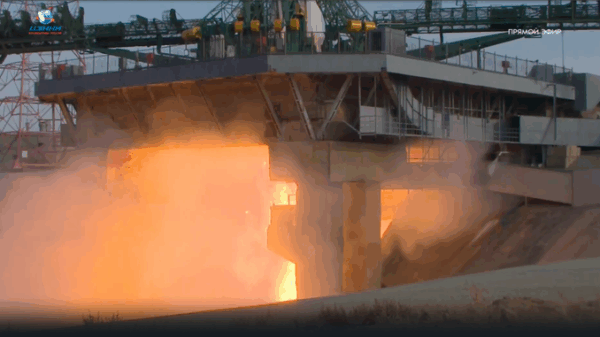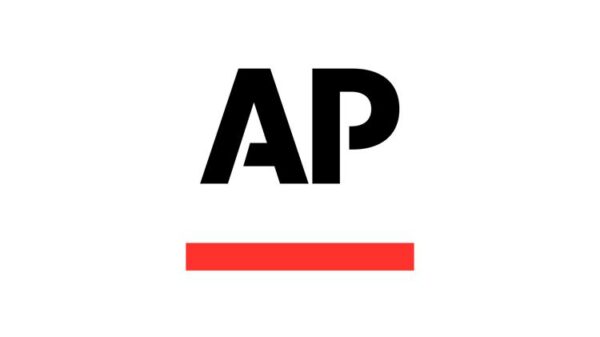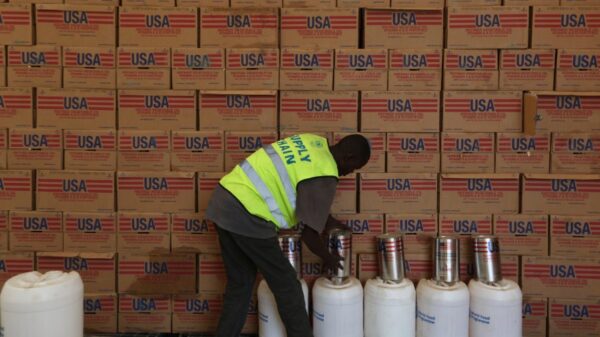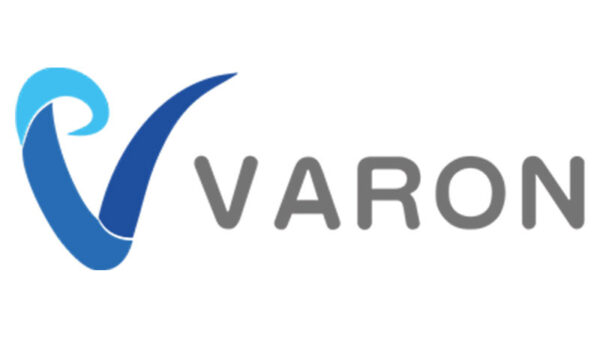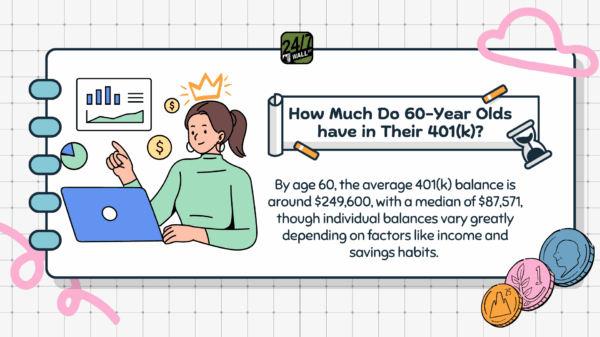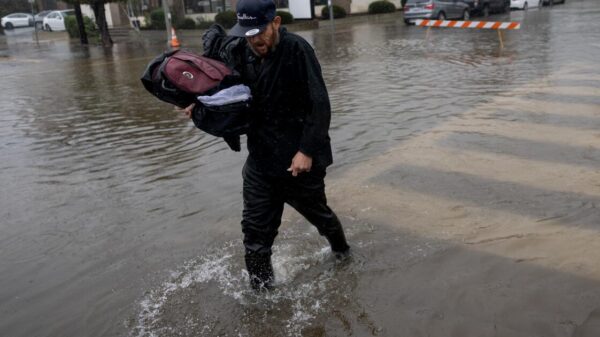The Clark County School District (CCSD) has reported a significant increase in its graduation rate for the class of 2025, now standing at 86.6 percent. This marks an improvement of more than 5 percentage points compared to the previous class of 2024, which graduated at a rate of 81.5 percent. While this news might initially seem positive, it raises critical questions about the actual academic performance of students within the district.
Graduating from high school is an important milestone that can positively influence a student’s future. High school graduates tend to live longer, earn higher incomes, and have lower incarceration rates. These outcomes benefit not just individuals, but society as a whole. However, a diploma should signify that a student has reached a certain level of competency in essential skills such as reading, writing, and mathematics.
The recent graduation statistics from CCSD prompt skepticism regarding their validity. Despite the increase in graduation rates, data from the 2023-24 school year indicates that only 19 percent of juniors in the district tested as proficient in math, while proficiency in English stood at 46.2 percent. These figures are particularly concerning when juxtaposed with the reported graduation rate of 86.6 percent, as they suggest a disconnect between graduation and actual learning outcomes.
Concerns Over Academic Standards
The situation highlights a broader issue regarding academic standards within the district. Over the years, Nevada has eliminated its high school proficiency exam, and there are claims that CCSD has relaxed its grading policies to facilitate higher graduation rates. Such measures, while potentially beneficial for short-term statistics, risk undermining the value of diplomas awarded to students.
Moreover, recent reports indicate that when students struggle to meet graduation requirements, the district has implemented credit retrieval classes. These classes allow students to fulfill credit requirements with minimal actual learning, leading to questions about the integrity of the educational system. The results from the previous year further emphasize this concern, as they reflect a similar pattern of proficiency scores and graduation rates.
In this context, the recent graduation rate announcement may seem more like a manipulation of numbers than a true reflection of student achievement. Employers and educators alike have noted a decline in the preparedness of graduates from CCSD, raising questions about what these diplomas truly represent.
While the increase in graduation rates may be celebrated by some, it is crucial for stakeholders—including parents, educators, and policymakers—to critically assess what these numbers mean. A high graduation rate should not come at the expense of genuine learning and preparedness for life beyond high school. The CCSD must address these discrepancies to ensure that its graduates are equipped with the skills necessary for success in their future endeavors.




